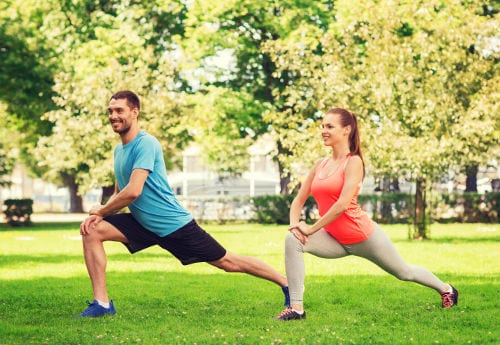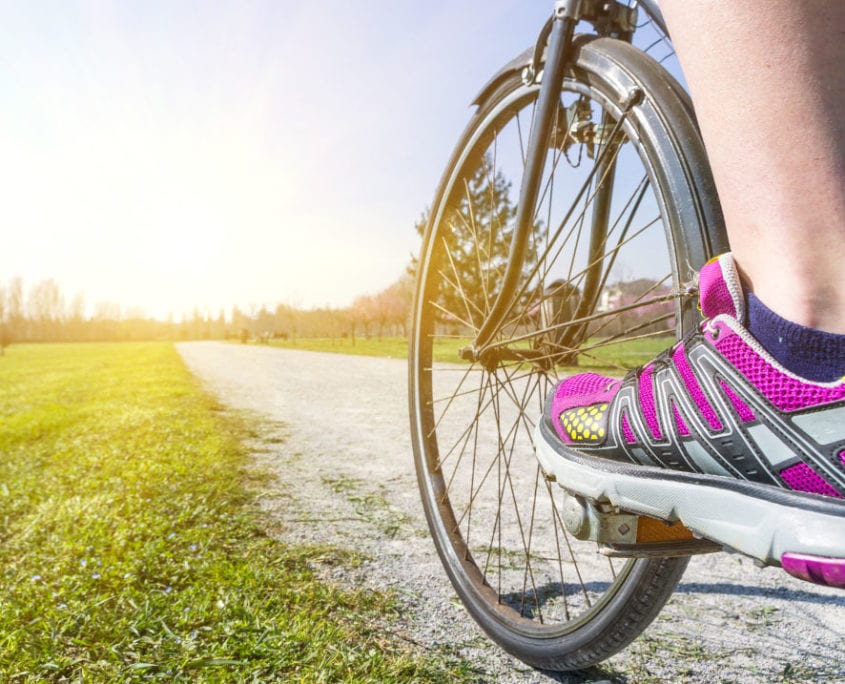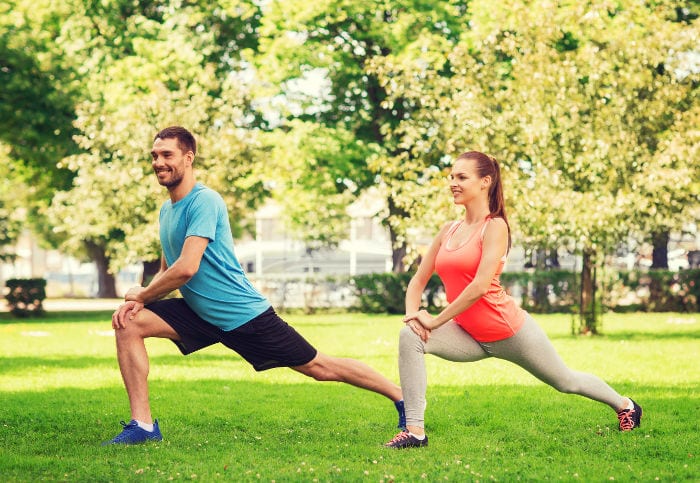Get fit for your ski holiday
Get fit for skiing
At Ski Magic, new skiers are often concerned about ski holiday injuries, getting fit for a ski holiday and how to avoid falling on the slopes.
With this in mind, we chatted to Chris Maher of Ski Physio to ask for some tips on how skiers can get fit to avoid injury. He told us that in actual fact, the chances of sustaining an injury are really quite low, but “in simple terms, you are less likely to injure yourself if you don’t fall over!”
Here are Chris’ tips on how to make sure you’re fit enough to stay on your feet during your next ski holiday:
A little bit of preparation some weeks prior could be essential to avoiding injury. Skiing is an active exercise and as such the muscles involved will need to be ready so to avoid those sore legs and maybe even reduce your risk of injury.
Don’t become an injury statistic!
Luckily for guests, snowsports are safer than ever with improved equipment, groomed pistes and better instruction. Statistics taken from the 2015/16 winter season by the Medicines de Montagne, who collate all the injury information throughout the French Alps state that, “for every 1000 days participated in all snowsports there are 2.44 injuries”. This means for every 1000 people who ski in a day only 2.44 will need medical help. Of these, most will be minor injuries with 94.1% of patients returning home from the Doctor’s surgery not requiring hospitalisation. So the risks are really quite low!
Be prepared
To help avoid becoming one of the 0.24% of people injured in a day, being well-prepared for skiing is essential for helping your neuro-muscular system to cope with your activity.
Being prepared also means practising the activity you are about to do. This will help your brain’s reaction time and means that your muscles will cope better with the physical stress they are about to incur.
This doesn’t mean some squats a few days prior to your holiday! Here’s how to prepare by topping up your normal daily physical activity:
Building strength and control
1) Start at least 6 weeks before your trip
2) Add cardio-vascular work (cycling, cross-training) for endurance and leg strength
3) Adding step-ups, lunges and squats will build muscles and improve fitness
4) Pilates can be an excellent way to build core strength and flexibility
Work on your balance
In addition to making your muscles strong with the exercises above, you can also practice balance work. Try these moves to improve your core strength, balance and control and reduce the risk of falling:
1) Stand on an uneven surface (eg. a cushion) on one leg and try single leg dips – great for building knee control.
2) Try one leg standing with your eyes closed and see how long you can maintain a stable position without falling.
Get dynamic!
Dynamic movements are also seen to be more effective in warming up prior to your sport. Each day when you click into your skis or snowboard, emulate the movements of skiing and boarding until you have a light sweat. Your muscles work more efficiently when they are warm and can absorb more stress and less likely to become injured. Then… Go!
But remember: stay steady and balanced, try to concentrate on keeping a strong core whilst moving, and avoid losing control. You are less likely to injure yourself if you don’t fall over! So being fitter and better at your sport will reduce your risk of becoming an injury statistic…
Ski Physio’s further recommendations are:
- Check that your bindings are at the correct setting
- Snowboarders should use wrist guards (26.5% of all snowboard injuries are wrist fractures)
- The use of helmets can help reduce head injury
- Follow FIS code of piste safety. (http://www.ski-physio.com/images/uploads/10-fis-rules-for-conduct.pdf)
- Always get professional instruction
- Be aware of excess alcohol while on the slopes
If you have any specific queries or need any Physiotherapy or massage whilst in resort then please contact Ski Physio at info@ski-physio.com
Chris Maher, MCSP
Photography: Shutterstock






Leave a Reply
Want to join the discussion?Feel free to contribute!